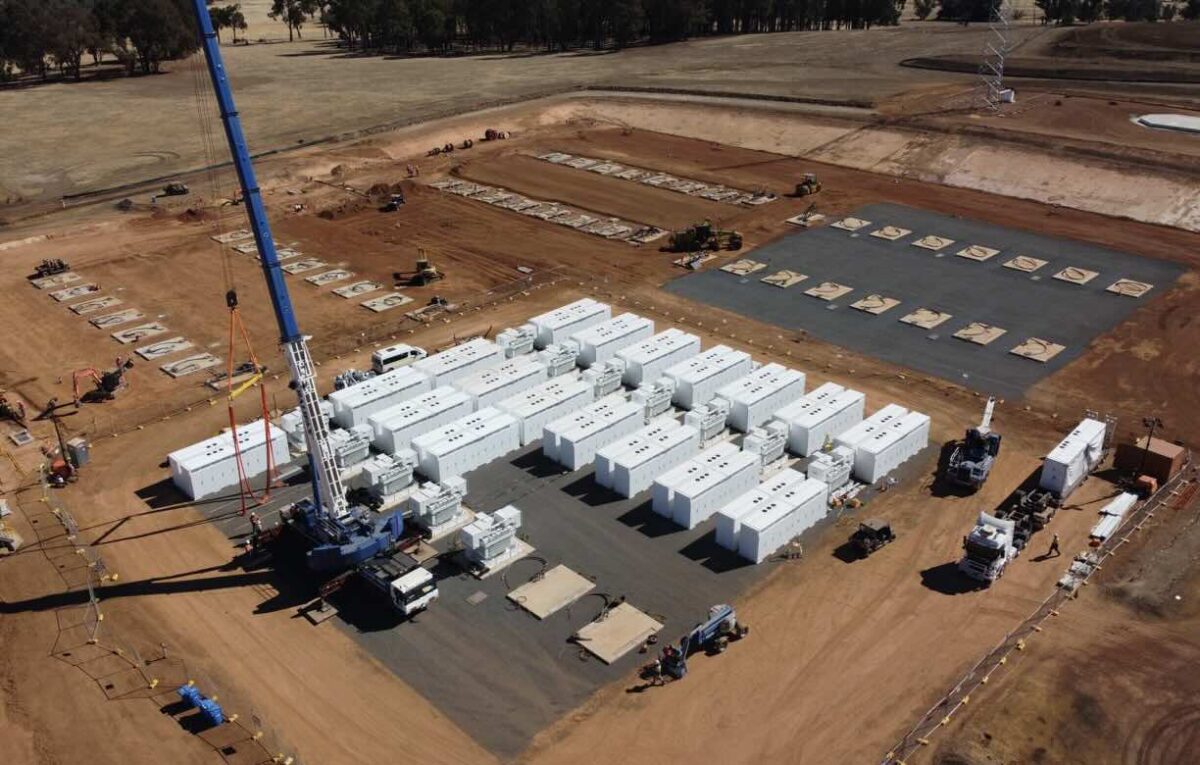Western Australia's Energy Transition: From Rooftop Solar to Green Hydrogen
Key Ideas
- Western Australia's energy market is undergoing a significant transition with a focus on renewables, storage, and green hydrogen to meet global demands for zero-emission products.
- The state is seeing a rapid uptake of rooftop solar and massive investments in battery storage, which have significantly improved the supply-demand balance.
- Plans include the closure of aging coal-fired power generators by the end of the decade and the introduction of new wind, solar, and storage projects to ensure reliability and meet increasing energy consumption.
- Efforts are being made to coordinate distributed energy resources, implement flexible capacity products, and build new transmission infrastructure to support the state's energy needs in the long term.
Western Australia is experiencing a remarkable shift in its energy landscape driven by the growing adoption of rooftop solar and investments in battery storage. The state, known for being a laggard in renewable energy uptake, is now gearing up for a significant transformation to support global demands for zero-emission products and the emergence of the green hydrogen industry. This energy transition aims to electrify homes, industries, and transport while phasing out aging coal-fired power plants around Collie by the end of the decade.
The Australian Energy Market Operator (AEMO) recently released the Electricity Statement of Opportunities for the W.A. grid, highlighting the positive outlook due to the increasing uptake of rooftop solar and significant investments in battery storage. These developments are set to enhance the state's energy security and reduce its reliance on traditional dispatchable generation.
To address future energy demands, Western Australia plans to invest in wind, solar, and storage projects, including a 500 MW, 2000 MWh battery in Collie. The state also aims to introduce new capacity through the federal Capacity Investment Scheme and enhance coordination of distributed energy resources through 'Project Symphony.' Furthermore, Western Australia is looking to implement a 'flexible capacity' product to incentivize new capacity investments and ensure a reliable energy supply.
Despite the predicted increase in energy consumption and peak demand, particularly with the rise in electrification and green hydrogen production, AEMO remains optimistic about the state's energy future as long as timely investments in capacity and transmission projects are made. This ongoing energy transition underscores Western Australia's commitment to sustainable and reliable electricity supply.
Topics
Homes
Renewable Energy
Sustainability
Energy Transition
Battery Storage
Wind Power
Electricity Supply
Energy Demand
Rooftop Solar
Latest News
